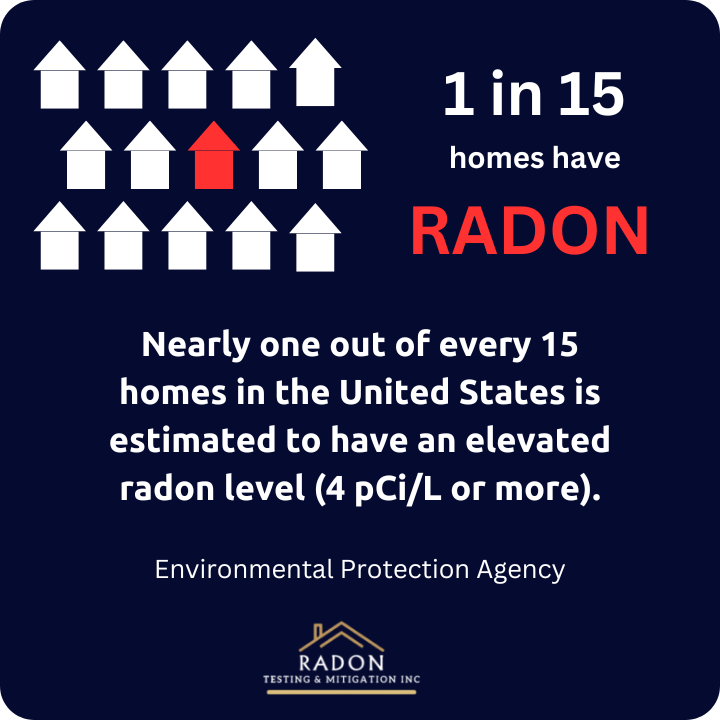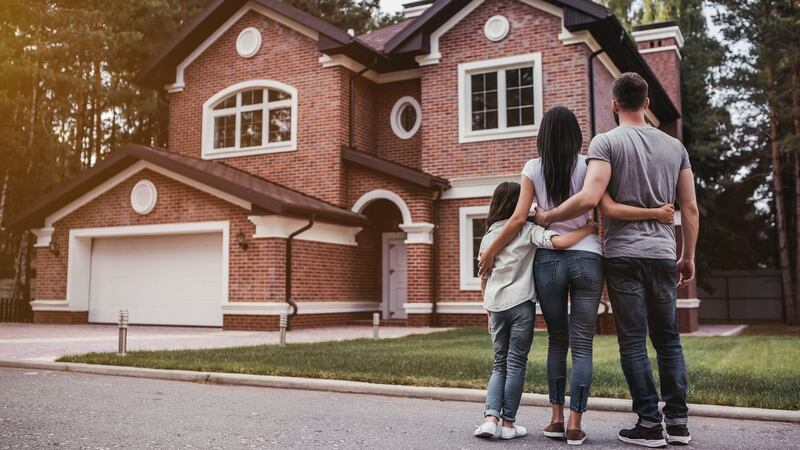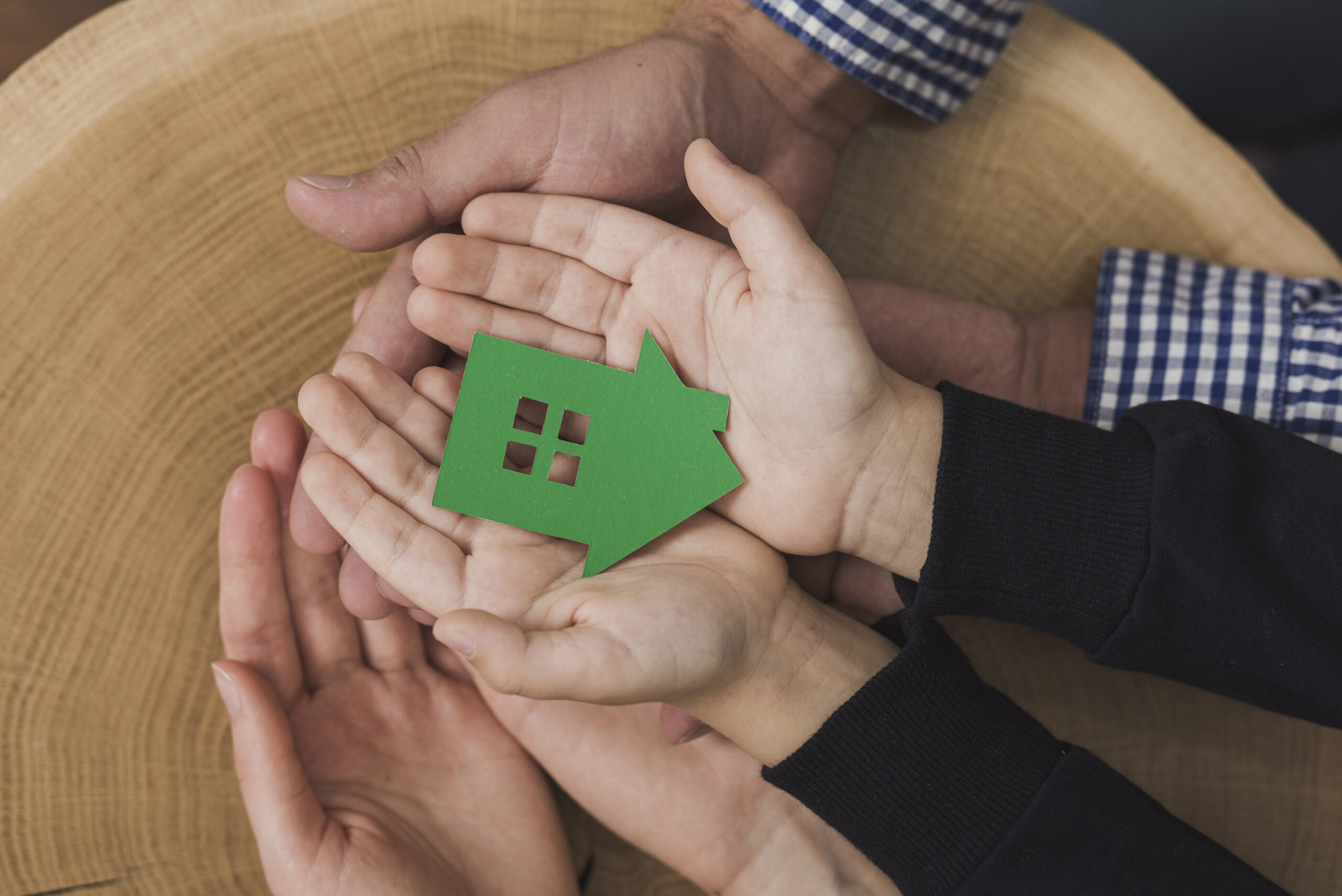


This method involves installing a vent pipe and fan system beneath the home's foundation to draw radon gas from the soil and vent it safely outdoors, away from inhabited spaces.
Sealing cracks, gaps, and other openings in the foundation, walls, and floors can help prevent radon from entering the home.
Enhancing ventilation in the home, particularly in basements and crawl spaces, can help dilute radon levels and reduce indoor air concentrations.
Encapsulating crawl spaces with a vapor barrier and sealing vents can prevent radon infiltration and moisture buildup, improving indoor air quality.

Primary Risk: The most significant danger of radon exposure is an increased risk of lung cancer. Radon decay products can attach to lung tissue, emitting alpha particles that can damage DNA and potentially lead to cancer.
Statistical Risk: According to the Environmental Protection Agency (EPA), radon is the second leading cause of lung cancer after smoking. For non-smokers, it is the leading cause of lung cancer.
Risk Amplification in Smokers: Smokers exposed to high levels of radon are at an even greater risk of developing lung cancer compared to non-smokers.
Long-term Exposure: Chronic exposure to radon, even at lower levels, can accumulate over time, increasing the overall risk of lung cancer. The risk is proportional to the level of radon and the duration of exposure.
Latency Period: There can be a long latency period between exposure and the onset of lung cancer, often many years or even decades.
No Immediate Symptoms: Radon exposure does not cause immediate symptoms, making it particularly insidious. People may be exposed for long periods without knowing, as it is odorless, colorless, and tasteless.
Detection Only by Testing: The only way to detect radon in homes or buildings is through specialized testing, which is not always routinely done.
Seepage into Homes: Radon gas can seep into buildings from the soil through cracks in floors and walls, construction joints, and gaps around service pipes. Poorly ventilated, enclosed spaces can trap radon, leading to higher concentrations.
Regional Variability: Some geographic areas have higher natural radon levels due to the presence of uranium in the soil, increasing the risk for residents in these areas.

Inform family, friends, and community members about the dangers of radon and the importance of testing.
Advocate for local and state policies that require radon testing and mitigation in residential and commercial properties.
Utilize resources from organizations like the EPA, the American Lung Association, and the National Radon Program Services to stay informed and find assistance.

Certified radon testing is an essential step in protecting your home from this dangerous gas. With our residential radon testing and mitigation strategies, you’ll benefit from our expertise and certification necessary for an accurate assessment of radon levels. Don’t let the hidden risk of radon compromise your home’s safety. Contact Radon Testing and Mitigation Inc. today for certified radon testing in Atlanta, GA, and take the first step towards a safer, healthier home.